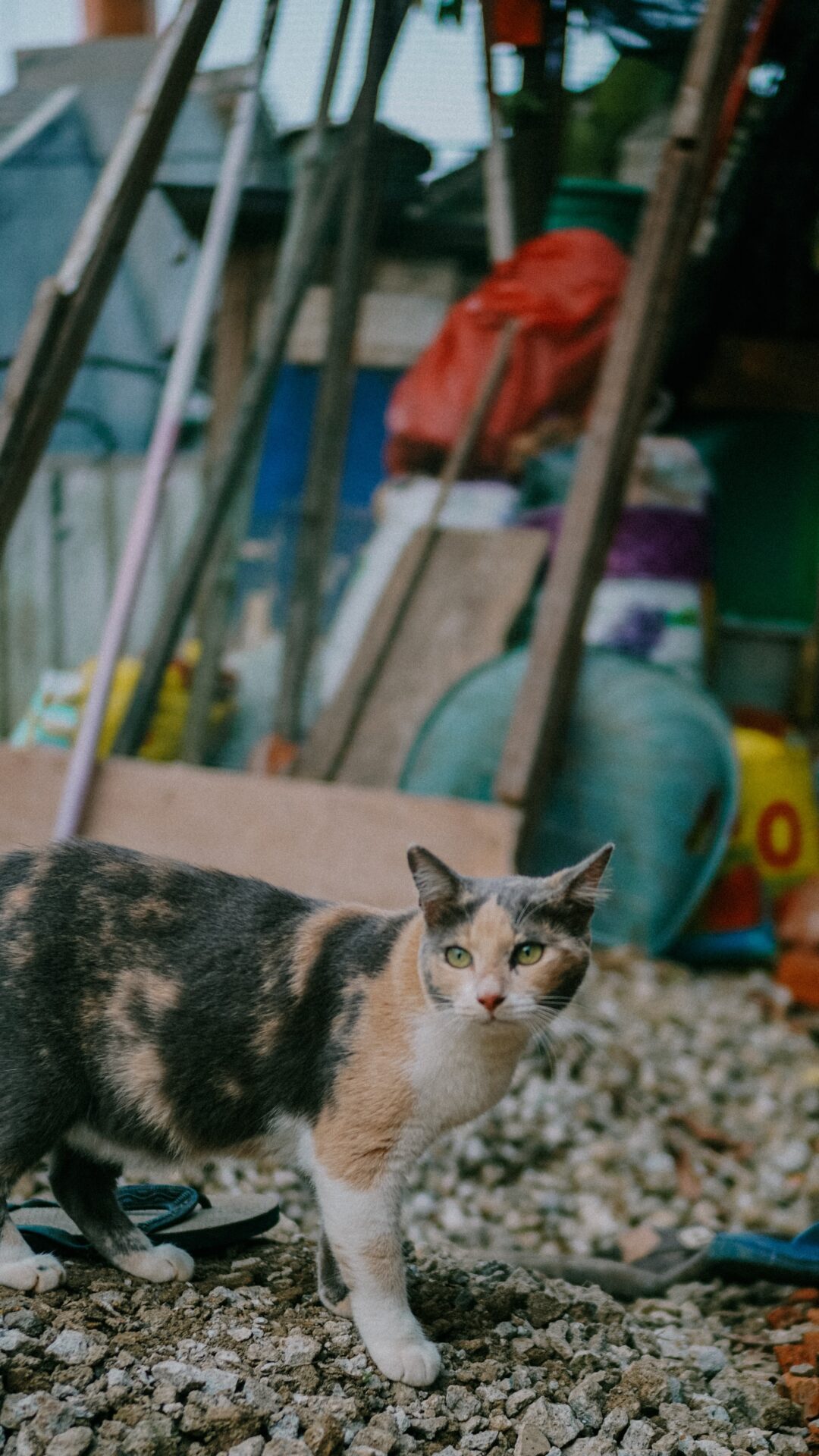- Q. Do pet owners have to be sensitive to their cat’s needs for extra warmth during the winter months?
- Q. Perhaps the colder temperatures do not bother cats because they have fur to keep them warm?
When most states across the United States see temperatures drop drastically during the winter months, you must be ever mindful of your cat’s comfort. Cats are naturally warm creatures.
It is said by some cat owners and those who research cat behaviors that there is a rule of thumb regarding cold temperatures and cats. You probably think that cats never get cold because most have fur coats. However, it is found that if you are cold, your cat is undoubtedly feeling cold. Those breeds of cats that have light fur or are furless feel the cold even more.
Before the winter months, the thick fur on cats becomes even denser. In the latter part of spring and during the summer months, cats shed this extra fur. This is when your cat needs some help to remove some of its fur through brushing, if your cat allows you to brush it.
If you plan on traveling and need a pet sitter, stress to your cat sitter not to let your cat outside in any kind of weather and especially during the winter months. A professional cat sitter knows the dangers of allowing cats outside and especially when the temperatures are cold. A professional cat sitter is trained to follow your directives. However, professional cat sitters use wise common sense and expertise in the care of your cat, when cat sitting, no matter the temperature.
Do Cold Temperatures Affect Cats?
The typical internal temperature of a cat is a bit over 100 degrees, whereas the standard internal human temperature is 98.6 degrees. A cat’s temperature runs two degrees higher than a human’s. Cold temperatures negatively affect both indoor and outdoor cats, just as these temperatures affect most humans. On the days when there is little to no sunlight, cats are affected even more. Researchers say that if your cat’s internal temperature is 90 degrees, it is definitely too cold. Cat temperatures at 60 degrees or below quickly cause hypothermia. You should set your inside thermometer at 70 degrees or higher during the cold winter months.
Cold temperatures are brutal on people and cats. During cold temperatures, it is vital to keep your cat inside. If you let them outside, your cat is at risk of hypothermia, and hypothermia is difficult to reverse in cats. While their fur coats may help to keep them warm to a certain degree, their sensitive ear tips and paws can suffer frostbite in a matter of seconds.
When temperatures plummet to near zero or below, cats do not tolerate these colder temperatures. Domesticated cats who suddenly find themselves outside do not know how to fend for themselves, as well as strays or ferals. Outdoor cats, if they are fortunate, quickly find a source of warmth if caught out in the cold.
Does the Age of the Cat Make a Difference in Cold Weather?
The age and health of your cat depend on how well they deal with colder temperatures. Healthy cats can tolerate cold temperatures if above freezing. However, kittens and senior cats cannot tolerate these temperatures. If your cat has health issues, temperatures as low as 40 degrees can become dangerous. It all depends on the climate you live in, as some environments do not get this cold, so you will not have any worries.
Cat researchers find that cats show evidence of embracing warmer temperatures rather than colder temperatures. It is believed that cats appreciate a bit of coolness when the temperatures are excessively high, although most cats do not like to lie in front of fans or air conditioners. This may signify that cats may appreciate hot over cold because warmth seems to enhance comfort and security.
How to Know if Your Cat is Cold?
- It may prefer to sit on your lap to keep warm.
- It may try to burrow under a blanket or pillow.
- It may try to soak up the soak coming through the window.
- If your cat sits with its paws curled up underneath them and its tail wrapped around its body. Your cat is trying to conserve heat.
- If your cat avoids eating, drinking, is lethargic, coughing, sneezing, or has runny eyes and nose. It may be cold, and your cat may have a cold. Cold temperatures can contribute to severe upper respiratory infections such as bronchitis or pneumonia.
What Can You do to Keep Your Cat Warmer in Cold Temperatures?
The first step to keeping your cat warmer in colder weather is not to let them outside. If your cat is accustomed to the outdoors, it may be a challenge at first to keep your cat inside. Be gentle and firm with your cat when it keeps begging and whining at the door to go out.
Get some catnip and a few toys as this may keep them interested and active inside. After a few days of staying inside, they will get accustomed to the routine. Keeping your cat inside means a healthier and safer cat. While you are away, your professional cat sitter can keep your furry best friend busy, safe, secure, and warm, especially during the cold winter months.
It is a dangerous world for cats who want to roam the neighborhood and stay outside in any kind of weather. However, the colder months make it much more hazardous for cats to exist outside.

